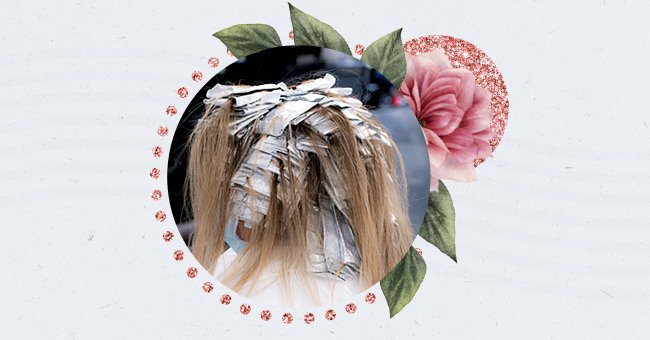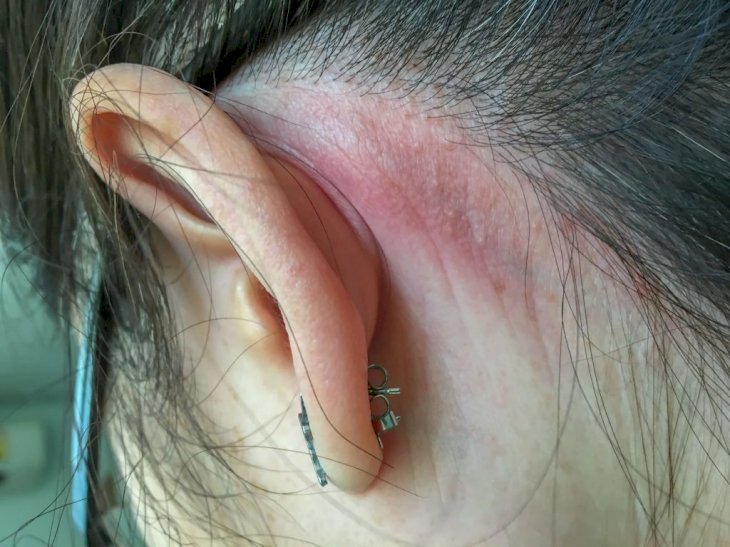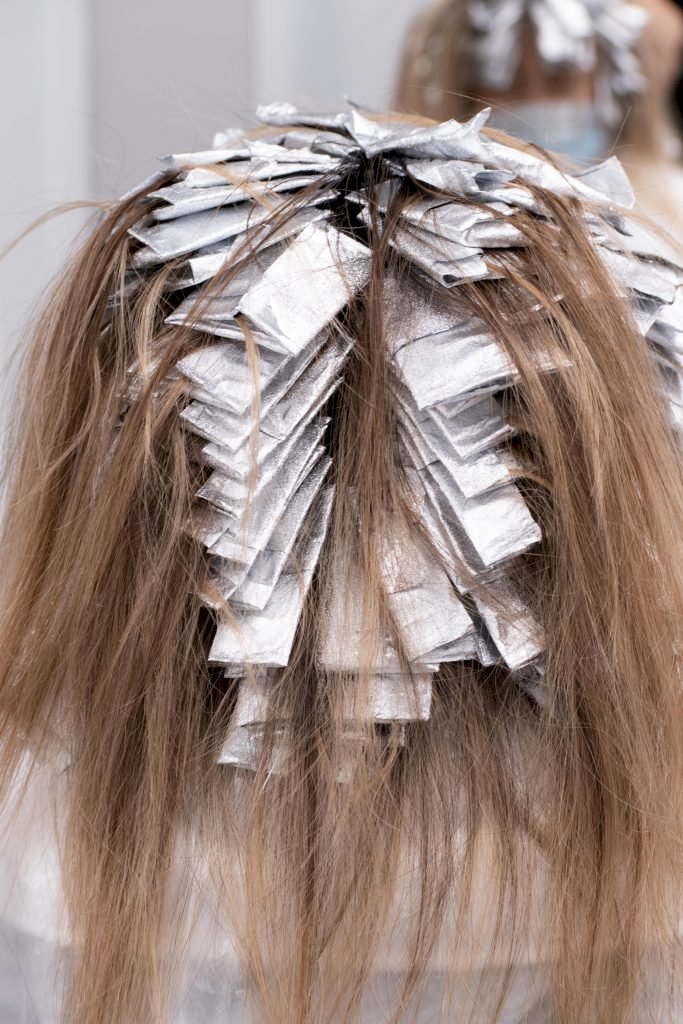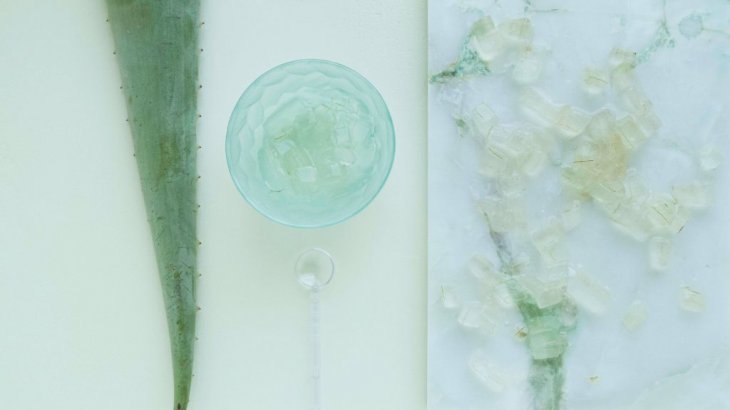
Exploring Common Allergies To Hair Dye
We’ve all been tempted to make a drastic change in our lives, like maybe dying your hair all bright and colorful. But things can go wrong, and you can find out a little too late that you’re allergic to hair dye!
When someone’s allergic to hair dye, they’re actually allergic to one or more of the chemicals in the dye. A common allergen in hair dye is para-phenylenediamine or PPD, which is mixed with peroxide; when it comes into contact with the skin, it causes an allergic reaction.
If you’re allergic to PPD, you’re likely allergic to temporary tattoos, printer ink, and even gasoline! Here’s how you know if you’re allergic to hair dye.
Symptoms

Shutterstock
Contact dermatitis is when your skin becomes itchy, red, and inflamed because of contact with the allergen. It’s usually only on the areas that the allergen has touched, so, with hair dye, your scalp, ears, and neck will be affected.
You may also get hives, which are red bumps on your skin that are itchy. If you’re severely allergic, you could go into anaphylactic shock, which affects your breathing and can lead to a loss of consciousness, so it will need immediate medical attention.
Treating a hair dye allergy

Unsplash
If you experience any irritation and notice any unusual redness immediately was out the hair dye with shampoo, do it with your head over the sink so that the hair dye doesn’t come into contact with the rest of your body.
You can use 2% hydrogen peroxide to rinse your hair after washing the hair dye out because it will neutralize the PPD. Treat any contact dermatitis with an OTC steroid cream and your scalp with a steroid shampoo.

Unsplash
You can also use aloe vera gel to soothe any redness and inflammation, just apply it overnight and wash it off in the morning. You can use chamomile tea to wash out your hair as it has soothing properties, so it’s good for pain and inflammation.
You can take an oral antihistamine like Benadryl, which is made to reduce inflammation and itching. Always patch test a product before using it, so you know if it’s safe to use; if your symptoms don’t improve or get worse, go to the hospital or call a doctor immediately.
Once you experience an allergic reaction to hair dye, please mention it to your doctor. You’ll likely be sent for a test to determine which chemicals you’re allergic to so that you are aware of products to stay away from in the future.